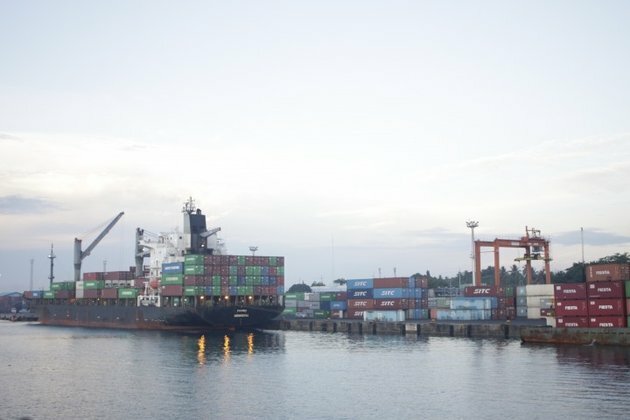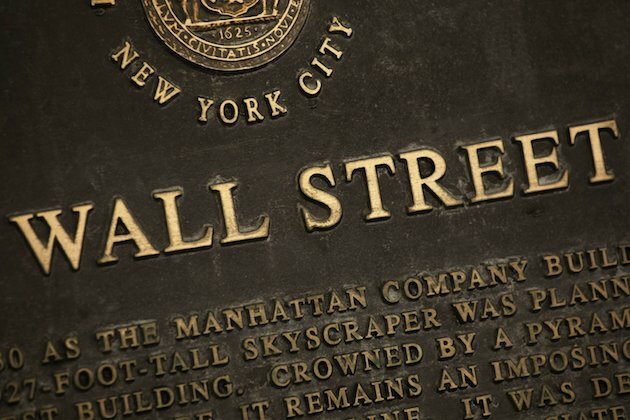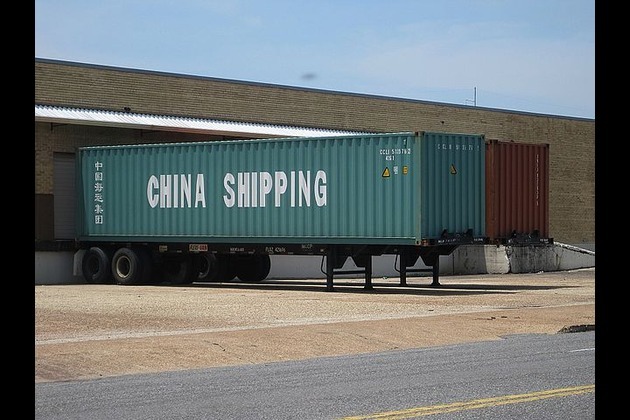Rising PH debt still manageable' economist
Philippine Information Agency
30 Jun 2020, 20:08 GMT+10

DAVAO CITY, June 30 (PIA) - With people alarmed over increasing debts from loans taken by the government to address budgetary shortfalls and fund social protection programs during the pandemic, an economist doused fears that the country won't have the capacity to pay for the debts incurred.
"The national debt, you should not look at it on its face value alone. You should see it in the proportion of the size and strength of its economy," says economist Ever Abasolo.
"Maybe many were alarmed over what they read on social media on the country's mounting debts, but this is not an adequate picture of our true situation, the correct thing to use is what we call Debt-To-GDP ratio," Abasolo said during his guesting at the Knight Talks podcast produced by the Ateneo de Davao High School batch 1995.
He cited that from 2004 to 2018, there is an upward trend of its national debt from P3.8 trillion in 2004 to P7.9-trillion, in the first semester of 2020 it is now up to P8.89 trillion.
"Many of us would have seen on social media, posts about the rising debt but this is not the correct tool in looking at the data because it does not account the strength and growth of our economy," Abasolo said.
In simple terms a Debt-to-GDP ratio is a comparison to what a country owes (national debt) to what it produces (Gross Domestic Product or GDP).
"If the national debt is on an upward trend but if we incorporate the growth and size of the economy it seems that the Debt-to-GDP ratio is on a downward trend," Abasolo said.
In 2004 under President Gloria Macapagal Arroyo, debt-to-GDP ratio was at 74.4%. It shrank to 51.4% in 2012 under President Benigno Aquino III. In 2019 under President Rodrigo Duterte, debt-to-GDP ratio went below 40% at 39.6%. In the first semester of 2020 with the COVID-19 pandemic it hovered at 44%.
He said through the years, the country has been prudent in handling its finances and paying its debts.
"In 2006 the government under the Arroyo Administration paid P800-billion in terms of debt servicing. Debt-to-GDP ratio went down to 51.4% as at the time of PNoy in 2012 we paid P700-billion for debt servicing. Under Duterte, our debt-to-GDP went as low as 39.6% because in 2018 we paid P300-billion plus for debt servicing," Abasolo narrated the Philippine efforts to lower its debt-to-GDP ratio.
"However despite the added borrowings, the country's Debt-to-GDP ratio is still at a manageable level which is expected to be around 46 to 48%," He said.
"Because of our debt management strategy we have good credit ratings," Abasolo added.
Good credit ratings would mean lower interests rates for loans.
He emphasized that having good credit ratings is essential as the country is ramping up borrowings due to a weakened economy brought about by the crisis.
Abasolo said that the 2020 national budget was prepared in 2019 based on expected collected revenues. But with the lockdown in March 16 and the country's other trading partners also having their lockdown, the economy weakened thus affecting its revenue collections. To fill the budget gap, the country had to borrow.
"The country can borrow internally, it can borrow from its own citizens, it can borrow from its own firms in the country. But usually in the time of economic uncertainty, in the time of pandemic, individuals and firms would want to hold cash rather than securities, so one of the options is to borrow externally," he said.
Some of the external borrowing the country undertook was a $700-million from World Bank, a $1-billion loan from Asian Development Bank.
Abasolo cited President Duterte's economic team for ably navigating the country's finances in this time of crisis. "The economic team has optimized everything in the monetary toolbox. The Department of Finance and the Bangko Sentral have been working hand-in-hand to secure the funding requirements," Abasolo said.
"For an emerging economy such as the Philippines, what is only recommended is around 40 plus percent debt-to-GDP ratio. If it reaches more than 50% it will have an adverse impact to our credit rating," Abasolo said.
When a country's credit rating is affected, it can only access loans at higher interest rates and this according to Abasolo is what the Duterte's economic team is preventing.
Why are borrowings necessary?
Abasolo said the country needs to provide social protection at the time of the pandemic.
"It needs to guarantee food security particularly to the most vulnerable sector of the economy and that's the whole purpose of the Social Amelioration Program," Abasolo said.
He describes the Social Amelioration Program as the biggest direct wealth transfer in Philippine history.
Another reason for the borrowing is to strengthen the healthcare system as a response to the pandemic and also to prepare for future pandemics/epidemics.
And the third reason is the need to fund a recovery plan. "There are industries and sectors which are adversely affected by the COVID crisis, the government needs to provide support to these affected industries," Abasolo said.
He mentioned tourism industry's foregone revenues reached to as high as P60-billion. The manufacturing sector's foregone revenues stretched to P486-billion.
The fourth reason is to support a stimulus plan. "At the time of a pandemic when your markets are weakening, the government needs to come in to perform its pump-priming role," Abasolo said.
"The good thing is, I think majority of the projects in our Build, Build, Build program have been safeguarded and protected and of course there has to be realignment needed to prioritize projects that can immediately be implemented," he said.
And the final reason according to the economist, the borrowings will also be used to help the country transition to a new normal which is leaning towards a digital economy.
"Everybody knows that the Philippines really lags behind in terms of digital infrastructure, in terms of internet access as compared to the performance of its neighbors, we need to prepare our transition to this digital economy," Abasolo said. (PIA/RG Alama)
 Share
Share
 Tweet
Tweet
 Share
Share
 Flip
Flip
 Email
Email
Watch latest videos
Subscribe and Follow
Get a daily dose of San Jose Sun news through our daily email, its complimentary and keeps you fully up to date with world and business news as well.
News RELEASES
Publish news of your business, community or sports group, personnel appointments, major event and more by submitting a news release to San Jose Sun.
More InformationUS Sports
SectionMasataka Yoshida set to make season debut as Red Sox host Rockies
(Photo credit: Nathan Ray Seebeck-Imagn Images) Masataka Yoshida is expected to be in the lineup when the Boston Red Sox try to complete...
Cam Schlittler to make MLB debut for Yankees in start vs. Mariners
(Photo credit: Steven Bisig-Imagn Images) After a week of angst that saw them fall out of first place in the American League East,...
After All-Star snubs, Mets playing with purpose as they face Orioles
(Photo credit: Mitch Stringer-Imagn Images) New York Mets outfielder Juan Soto might be trying to prove a point this week after he...
Padres blank Diamondbacks with help of home-run robberies
(Photo credit: Denis Poroy-Imagn Images) Luis Arraez homered in the seventh inning to break up a scoreless tie Tuesday night and...
Lawrence Butler homers twice, Nick Kurtz adds slam as A's rout Braves
(Photo credit: Sergio Estrada-Imagn Images) Lawrence Butler homered twice and Nick Kurtz belted his first career grand slam to lead...
Padres blank Diamondbacks with the help of home run robberies
(Photo credit: Denis Poroy-Imagn Images) Luis Arraez homered in the seventh inning to break up a scoreless tie Tuesday night and...
Business
SectionBP appoints ex-Shell finance chief Simon Henry to board
LONDON, U.K.: This week, BP appointed Simon Henry, former Shell finance chief, to its board as a non-executive director effective September...
FedEx, UPS step up as Canada Post loses market share in strikes
OTTAWA, Canada: With Canada Post struggling to maintain operations amid labour unrest, rivals like FedEx and UPS are stepping in to...
U.S. stocks steady Tuesday despite tariffs turmoil
NEW YORK, New York - U.S. and global markets showed a mixed performance in Tuesday's trading session, with some indices edging higher...
Beijing blamed for covert disinformation on French fighter jet Rafale
PARIS, France: French military and intelligence officials have accused China of orchestrating a covert campaign to damage the reputation...
Birkenstock steps up legal battle over fakes in India
NEW DELHI, India: Birkenstock is stepping up its efforts to protect its iconic sandals in India, as local legal representatives conducted...
Beijing hits back at EU with medical device import curbs
HONG KONG: China has fired back at the European Union in an escalating trade dispute by imposing new restrictions on medical device...













